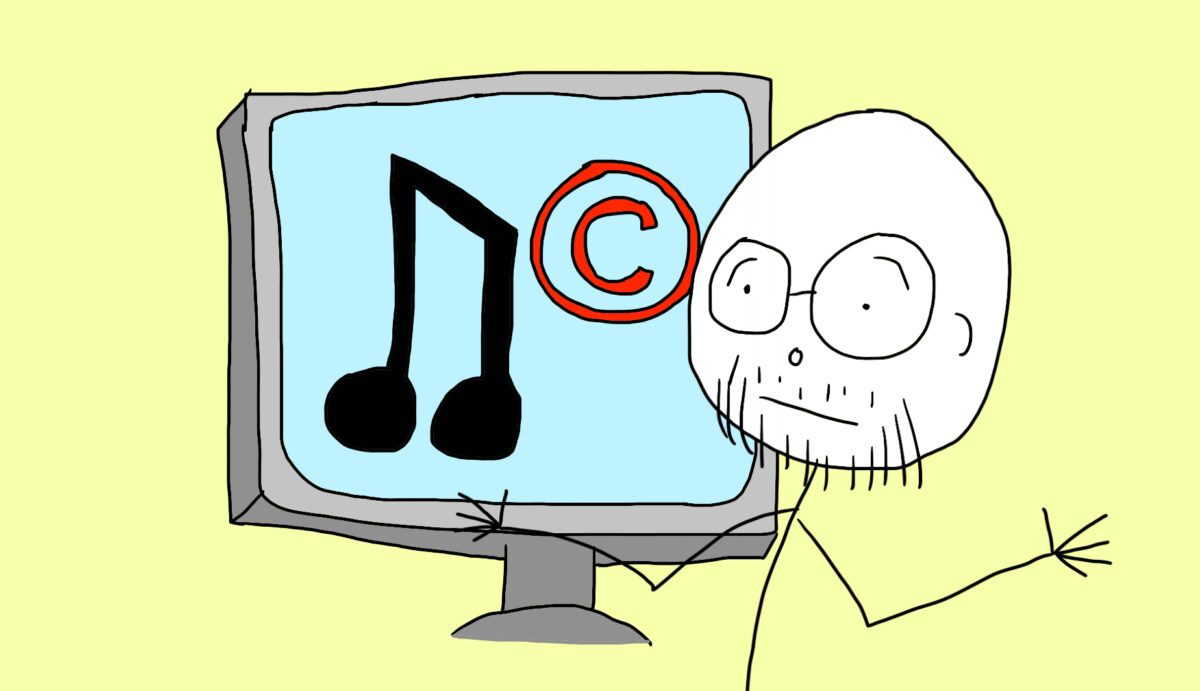A colleague asked me for my opinion on the use of music provided within the Microsoft Photos app (bundled with Windows 10/11) the other day, and what I thought was a simple question turned kind of complicated.
Let’s start off by saying I’m not a lawyer and this is not legal advice. And my knowledge of copyright law is that of a punter who’s taken some classes, not somebody who actually works daily in the field and knows it inside and out. I know more than the average person, but I’m neither a copyright lawyer or an academic.
To the best of my knowledge, then:
Can you use the background music provided by Microsoft as part of the Windows-bundled Photos app in your public-facing productions?
The quick answer — the safe answer — is “no.”
As a general rule, if you cannot find language that specifically talks about non-exclusive licensing and allows you to use bundled assets in public-facing work, it’s not a good idea to do it.
There are no shortage of people on the Microsoft (and other) forums asking this exact question about the rights to music bundled with Windows default apps:
From these threads, we can get down into the tremendously unhelpful copyright agreements that Microsoft provides to end users:
https://www.microsoft.com/en-us/legal/intellectualproperty/copyright
This page covers copyright in general, but does not include any information on copyright (or use or licensing) of content that Microsoft provides through its software. If you’re looking for more pretty useless information about copyright and the use of MS products, they have you covered:
https://www.microsoft.com/en-us/legal/intellectualproperty/copyright/permissions
https://www.microsoft.com/en-us/legal/intellectualproperty/copyright
As a point of contrast, here’s a quick example of a similar service that does have some language that seems to make it possible to use their assets.
YouTube makes their copyright conditions clear for the “YouTube Audio Library” — right in the banner image for the Library. It’s not great for accessibility, but the language is right there!
https://www.youtube.com/c/AudioLibraryEN/playlists
You can also find some copyright information at https://support.google.com/youtube/answer/3376882. As it says there,
“Music and sound effects from the YouTube Audio Library are copyright-safe. The Audio Library is found exclusively in YouTube Studio.”
“Copyright-safe” is not a term found in either Canadian or US copyright law, so it’s annoyingly vague to try to guess what it means, exactly. But at least it’s somewhat clear; they also include parameters in the description of each track, such as:
https://www.youtube.com/watch?v=Jx8ls-Y-Keg
“You’re free to use this song and monetize your video, but you must include the following in your video description:
Be sure to attribute the artist.
Music ⓒ – Audionautix”
This is similar to a lot of creative commons language, and is easy to understand and follow. There might be something in there a copyright lawyer could pick apart, but it’s solid footing.
Not so with Microsoft Photos. You’re at sea about whether or not you can use the music they put right there in your hands and encourage you to adopt for your projects.
On its face, this feels wrong… right?
If you’re being given the music with the software, and the software is supposed to let you create photo galleries and movies that you can share, it only stands to reason that you’re allowed to use that music.
While this is probably the case — it’s hard to imagine Microsoft going after people who do this, for PR reasons, if nothing else — that’s still not the law.
Essentially, somebody made that music, and somebody owns the copyright for the music.
It might be an individual, or it might be a company or a client they work for. The law is a bit different in Canada and the US about how “work for hire” functions.
But any way you slice it — somebody owns the copyright to the music, and unless there is something in writing that attributes to you the right to use the music… you don’t have the right to use the music. There is no such thing as an “implied” license. Some cursory poking around at sublicenses doesn’t show much in this space; this isn’t extensive research, and again, there may be experts who know more about this than I do at present, but there’s certainly no obvious and accessible jurisprudence granting exemptions for copyright infringement because a piece of software made it easy or convenient to infringe.
And underneath the surface, there’s not a lot of transparency about where the music in the Photos app comes from. Maybe somebody at Microsoft composed and recorded and produced it, and Microsoft owns it all, lock stock and barrel.
But maybe somebody has licensed it to Microsoft, and that license might change or expire, which means the sublicense (which, I want to be clear, DOES NOT EXIST, we’re just playing around here) that Microsoft grants to the Photos app user would then also expire.
TLDR: if you can’t find up-front and easy-to-understand language in an app or software’s terms of use that explicitly tells you how you can and can’t use assets that come with the app — best not to use them. The chance of a negative outcome might be low, but you’re sailing in uncharted waters.
